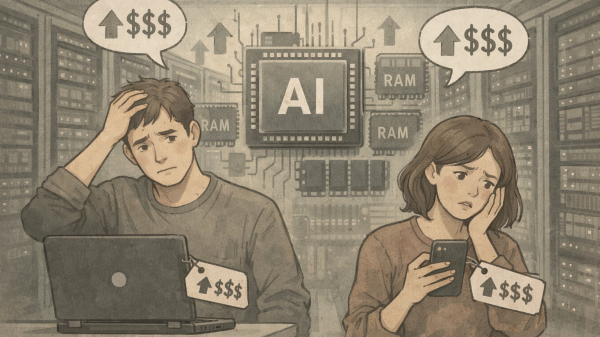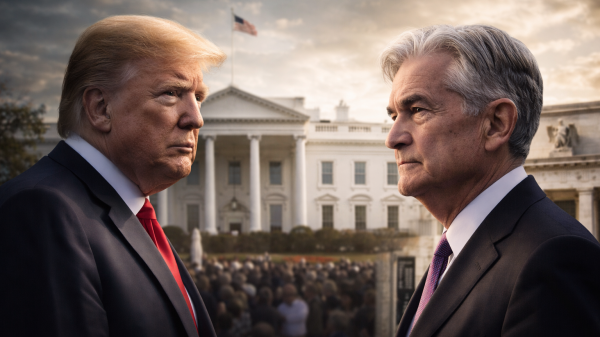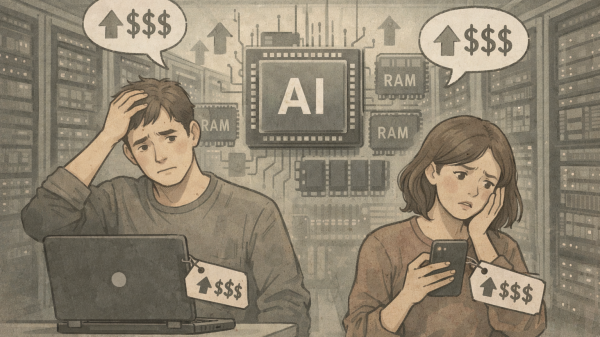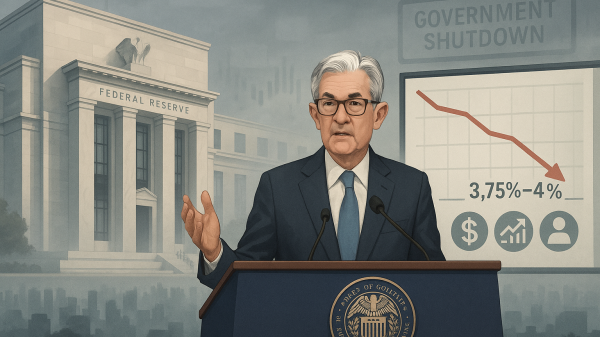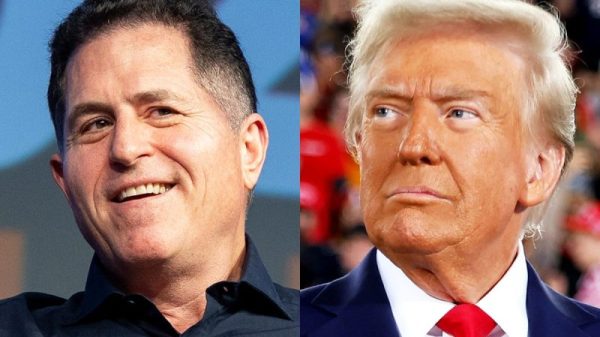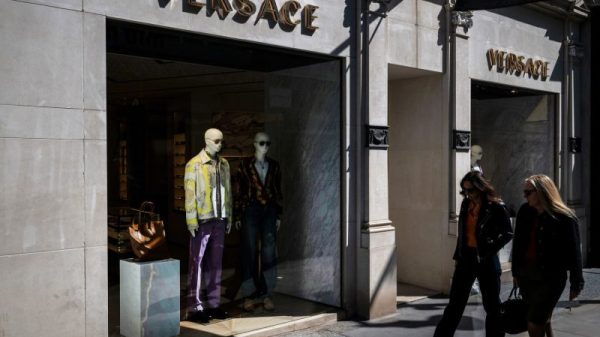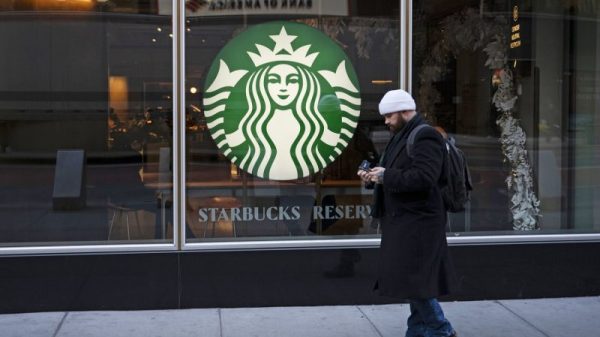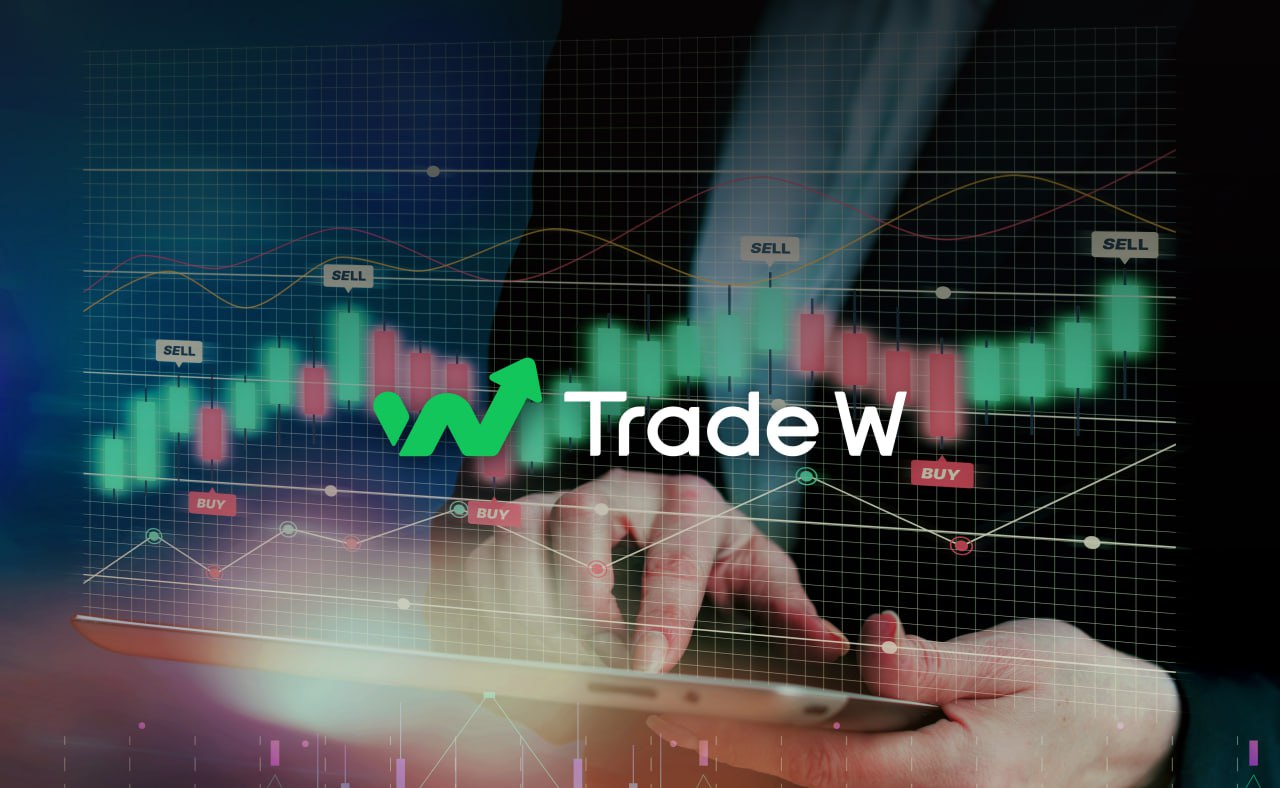The first half of 2025 saw global markets oscillate largely between two bookends, i.e. optimism and caution, a trend driven by easing inflation, geopolitical flare-ups, and the enduring technology boom.
In fact, a recent study of 112 global indices revealed that an impressive 88 of them rose while 24 fell during the aforementioned time window.
To elaborate, US equities led the rally, with the S&P 500 and Nasdaq setting new highs, fueled by expectations of Federal Reserve rate cuts and a surge in tech stocks.
Europe also saw gains on easing energy constraints and ECB rate cuts, with emerging markets also performing well amid a weakening dollar (with the DXY falling by roughly 11% through H1).
Yet volatility was never far away as April’s rash of tariff announcements and an Israel–Iran flare-up sent indexes plunging briefly before recovering on policy relief.
This churning backdrop made the analysis of trader behavior especially relevant, as investors constantly navigated between safe havens like gold (which hit ~$3,500/oz) and higher-yielding risk assets so as to balance rewards against turbulent newsflow.
Examining interest rate shifts and asset allocations
Traders’ positioning was heavily influenced by the moves made by central banks globally, as following a multi-year tightening cycle, many banks began to take a position of increased quantitative easing.
The ECB, for instance, cut key rates by 25 basis points in June, its eighth since mid‑2024.
Likewise, in April, the ECB and New Zealand’s central bank jointly cut rates by 50 basis points, while most others including Australia, Japan, and Canada held steady.
In the US, the Fed paused at 4.25–4.50% in June, while still penciling in two rate cuts by year-end.
Overall, G10 central banks had far more easing than tightening by the end of last month (roughly –300 bps net cuts vs only +25 bps hikes).
In practice, this meant traders shifted their allocations away from cash/cash equivalents and into equities and high-yield bonds, with BofA analysts noting that, even amid uncertainty, “equities were the second-best performer” (after gold) this year.
Meanwhile, safe‑rate instruments (government bonds, money markets) became less attractive, and assets like gold and high-dividend stocks drew interest as partial hedges.
AI’s reign continues
The ongoing AI craze left a clear footprint within the market as generative AI spurred huge demand for chips and cloud services, propelling select equities skyward.
Semiconductors and data-center plays were especially hot with industry leader Nvidia blowing past estimates and reporting $44.1 billion in revenue for its April-quarter, up 69% year-over-year.
Taiwan Semiconductor Manufacturing, which fabricates chips for the likes of Nvidia and Apple, saw blockbuster demand as well, with the company’s Q1 2025 sales rising 42% YoY to $25.5 billion.
Even AI‑analytics companies witnessed huge gains, with Palantir’s stock being among the year’s best performers, jumping roughly 80%.
Evolving risk appetite among consumers even amid macro shocks
In early April, President Trump’s surprise tariff announcements rattled markets worldwide resulting in US indexes plunging (S&P fell nearly 12% over that week), primarily in the fear of a trade war and global recession.
In fact, the VIX (volatility index) spiked to its highest point since 2020 as record volumes flooded trading venues (April 3, for instance, saw a historical 26.79 billion shares change hands).
When tensions subsequently eased (the White House delayed tariffs and engaged China in talks), risk assets rebounded rapidly as evidenced by the Nasdaq and S&P scaling new highs by June.
Even historically lagging sectors like utilities and industrials saw strong gains (Industrial stocks surged ~15%) while the US dollar weakened significantly, thus injecting fresh capital into foreign markets and commodities.
Similarly, a brief June flare-up in the Middle East (Israel–Iran conflict) caused a short-lived oil spike but little lasting market damage.
Popular asset classes on Trade W
Within this environment, Trade W users showed clear preferences among different asset classes, with equity dominating volumes.
Large-cap U. stocks were especially popular, with the S&P 500 rising by around 5% and reaching record highs.
Trading activity was also elevated across major indices in Europe and Asia, supported by a weaker dollar.
Many cryptocurrencies drew significant attention on the platform as well, with the sector’s total capitalization edging up by approx. 3%, driven almost entirely by Bitcoin’s 13% gain.
In contrast, many altcoins fell sharply (Ethereum –25%, Solana –17%), yet Bitcoin’s resilience kept crypto trading lively.
Forex trading also featured prominently on Trade W, with the fall of the US dollar enticing traders into EUR/USD (and other major crosses) while commodities like Gold also emerged as hedge and momentum plays.
Lastly, TradeWill’s analytics mirrored the market’s different moods in real time.
For instance, when volatility surged (e.g. April tariffs shock), the platform saw a sharp spike in activity.
Consequently, once the news cycles moved from negative to positive (e.g. trade talks progress, tariff delays), the platform recorded rapid reallocation.
Strategic takeaways for traders
From the outside looking in, H1 2025 taught traders that looking ahead balanced strategies, particularly ones that are agile enough to ride the AI-powered upswing yet solid enough to weather shocks, will be key.
Also, with central banks tilting looser, growth sectors will likely remain in focus, but prudent investors will likely continue to hedge and diversify their portfolios.
Interesting times ahead, to say the least!
The post Surfing the waves of uncertainty and analyzing key market trends from H1 2025 appeared first on Invezz



